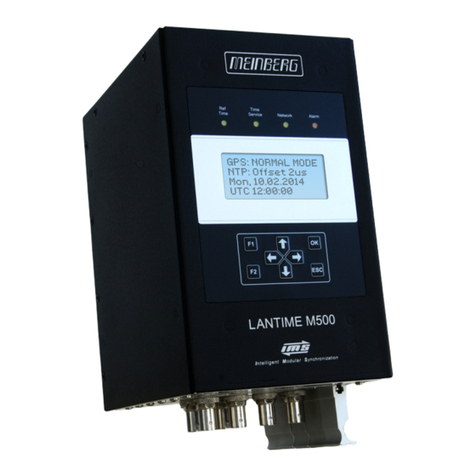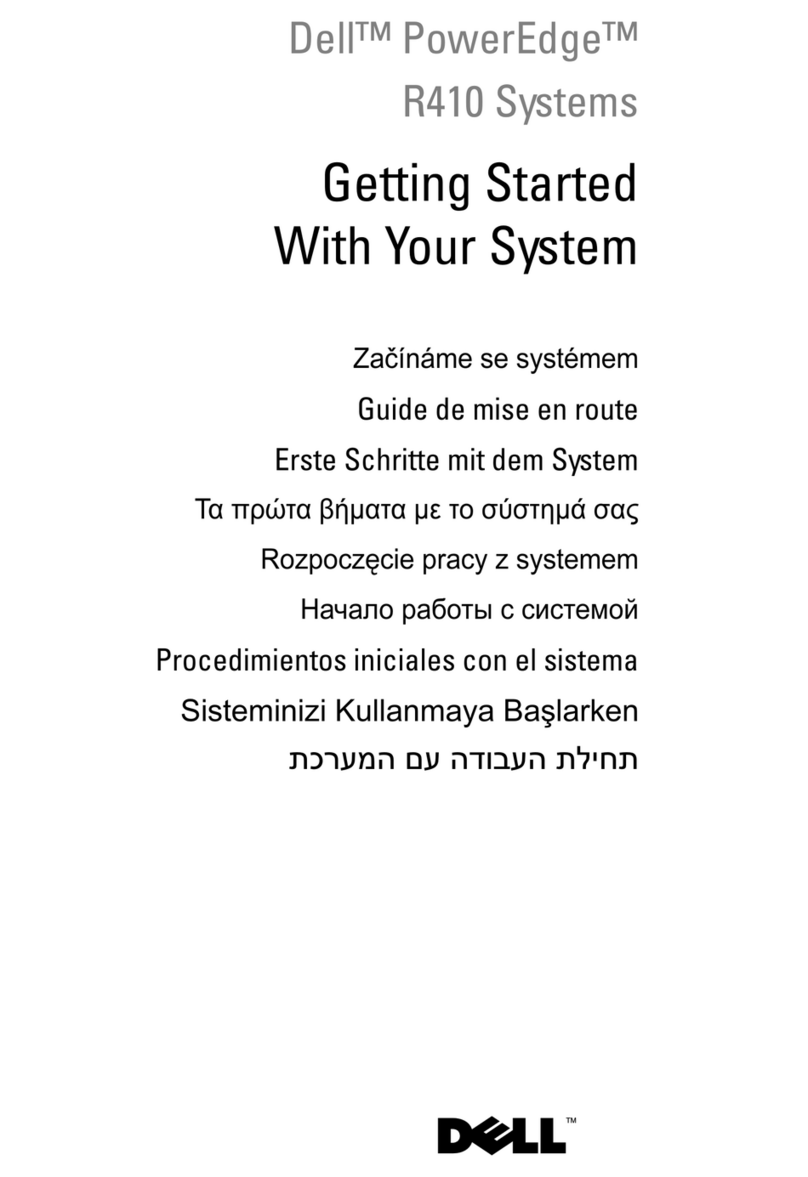
Table of Contents
1 Imprint 1
2 Safety instructions for building-in equipment 2
2.1 AdditionalSafetyHints ........................................... 3
2.2 SupplyVoltage ................................................ 3
2.3 Cabling..................................................... 4
2.4 SafetyHintsAntenna ............................................ 4
2.5 ReplacingtheLithiumBattery ....................................... 5
2.6 GroundingconnectionIMS-M500 ..................................... 5
3 Quick Start 6
4 The Modular System LANTIME 7
4.1 SupportedNetworkServices ........................................ 7
4.2 AdditionalFeatures ............................................. 7
4.3 UserInterface................................................. 8
4.4 InputandOutputOptions.......................................... 8
4.5 Why to use a Network Time Server? . . . . . . . . . . . . . . . . . . . . . . . . . . . . . . . . . . . 8
5 Mounting the GPS Antenna 10
5.1 Example:.................................................... 10
5.2 Antenna Assembly with Surge Voltage Protection . . . . . . . . . . . . . . . . . . . . . . . . . . . . 11
5.3 AntennaShort-Circuit ............................................ 12
6 Available GPS / GLONASS L1 Antennas 13
6.1 40dB GPS-L1/GLONASS-L1/GALILEO-E1 Timing Antenna with Integrated Lightning Protection 13
6.2 RV-76G GPS/GLONASS Antenne for mobile Applications . . . . . . . . . . . . . . . . . . . . . . . 14
7 Booting the Single Board Computer 16
8 Configuration User Interface 17
9 The Menues in Detail 18
9.1 RootMenu................................................... 18
10 The graphical user interfaces 20
11 The WEB Interface 21
12 Attachment: Technical Information 22
12.1 Technical Specifications LANTIME / IMS-M500 . . . . . . . . . . . . . . . . . . . . . . . . . . . . 22
12.2 Available Modules and Connectors . . . . . . . . . . . . . . . . . . . . . . . . . . . . . . . . . . . . 23
12.3TERMINAL(Console) ............................................ 24
12.4USBConnector................................................ 24
12.5IMSModuleOptions............................................. 25
12.5.1 Power Supply 100-240 V AC/DC . . . . . . . . . . . . . . . . . . . . . . . . . . . . . . . . . 25
12.5.2 PowerSupply20-72VDC..................................... 26
12.5.3 GPSClock .............................................. 27
12.5.4 GLNClock .............................................. 28
12.5.5 LAN-CPU............................................... 29
12.5.6 Reference Input Modules (MRI, ESI) . . . . . . . . . . . . . . . . . . . . . . . . . . . . . . . 30
12.5.7 CPE and BPE Output Modules (Frontend - Backend) . . . . . . . . . . . . . . . . . . . . . 32
12.5.8 LNE-GbE: Network Expansion with Gigabit Support . . . . . . . . . . . . . . . . . . . . . 37
12.5.9 HPS-100: PTP / SyncE / Hardware NTP Interface . . . . . . . . . . . . . . . . . . . . . . 38
12.5.10 TSU V3: IEEE-1588 Time Stamp Unit . . . . . . . . . . . . . . . . . . . . . . . . . . . . . . 40
0



















































